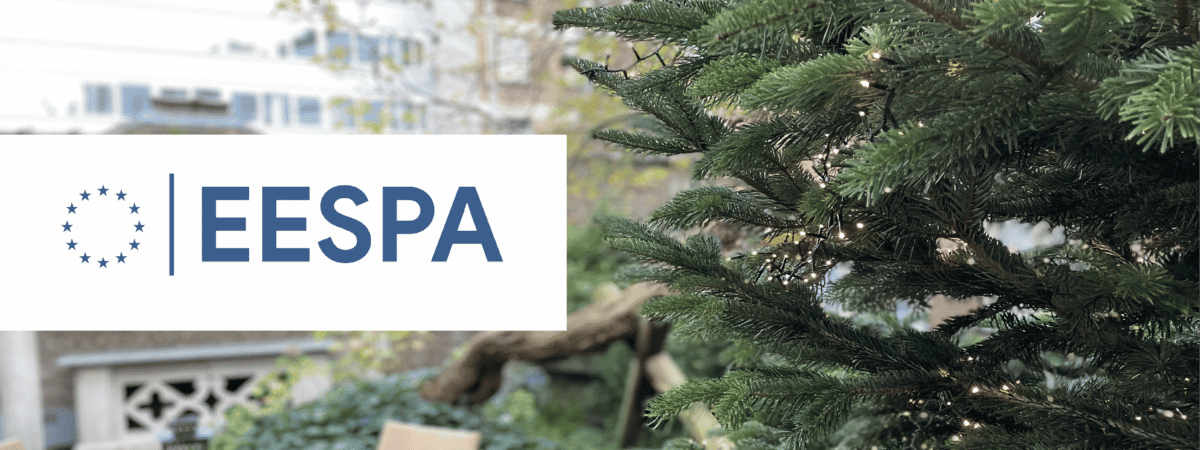Posted on 30.11.2022, 11:44
On November 23rd to November 24th, the EESPA (European E-invoicing Service Providers Association) Annual General Meeting was held in Brussels with 67 attendees.EESPA is the trade association for EDI Service Providers, mainly within Europe, and Logiq has been a member since 2021.
Aside from being an official Annual General Meeting, this meeting ground is also a unique place to meet and discuss relevant and strategic topics with other service providers. From Logiq, Andreas Bye (Interoperability Manager) and Martin Børke (Director of Marketing and Product Management) were represented.
Here are our key takeaways from the assembly:
CTC (Continuous Transaction Controls)
CTC is both an opportunity and a challenge for businesses and service providers in Europe. The goal for CTC in Europe is fair and simple taxation of businesses, reducing the registration costs and annual compliance costs. It is also known that there was a gap of 134 Billion Euros in uncollected VAT in 2019 in the EU, making a new way of VAT reporting interesting from both a governmental and business perspective.
It is assumed that EU member states will be free to choose which model of CTC to implement, without any further guidance.
A centralized CTC is prone to limit the data in invoices, and thus to limit the opportunity for innovation in the invoicing flows. Further, there are security and data privacy issues in the case where a central government receives all complete invoices.
Logiq agrees with EESPA and OpenPeppol in that a Decentralized CTC and Exchange Model (DCTCE), also known as the “five corner model”, is preferrable. This model ensures an efficient, secure, uninterrupted, real-time alternative for CTC. By extending the well-known four-corner model with a fifth corner (tax authority), a strong network of innovative service providers can relay the relevant tax information to government while at the same time ensuring trustworthy business relationships between trading partners. The model also opens for new business opportunities in the countries where it is implemented and does not limit any business- or industry specific invoicing requirements the way a centralized CTC-model would.
EIN (EESPA Interoperability Network)
No service provider can cover the market alone, and interoperability between providers has been a high priority for some time now. The goal of the EESPA Interoperability Network is to create a network of Service Providers to enable a business to reach any other business served by one of the providers in the network (“one ticket to reach all”). The network will be built upon best practices from previous experience with both direct interoperability and the Peppol network.
The EESPA Interoperability Network is currently being tested in production with three service providers. EESPA and OpenPeppol is also working on a convergence project with an ambition to use the Peppol infrastructure for both Peppol and EIN traffic, where EIN will focus on the B2B domain.
Organization and growth
The EESPA organization has experienced a significant growth, and now consists of 95 service providers from 24 countries. As a forum advocating interoperability between service providers, it is now natural to expand the reach outside Europe as well.

